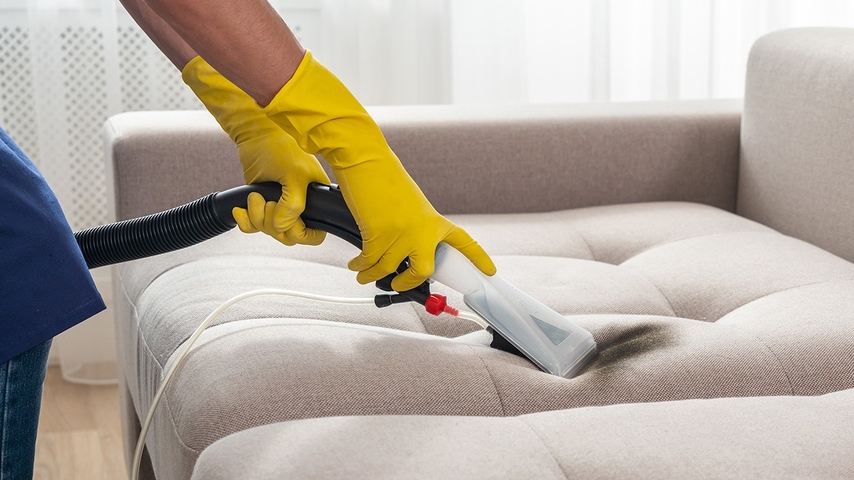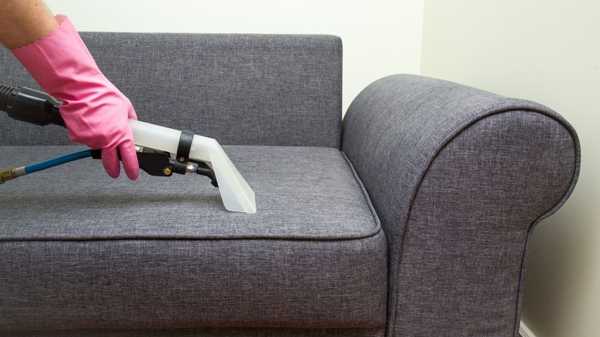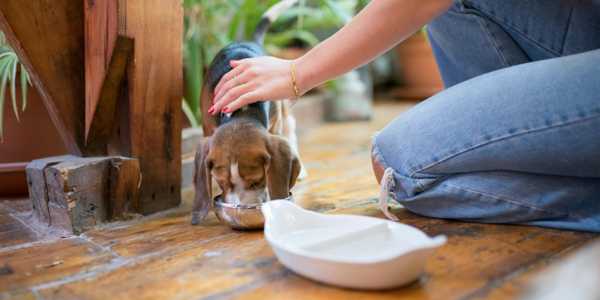The Ultimate Guide to Cleaning Your Fabric Sofa at Home
Learn how to clean your fabric sofa effectively and maintain its beauty. Discover essential tools, cleaning techniques, and preventative care tips for lasting comfort.
When creating a welcoming home environment, the fabric sofa often serves as the centerpiece, offering comfort and style. Maintaining its pristine condition is crucial, as neglect can lead to unpleasant issues such as unsightly stains, persistent odors, and noticeable wear and tear. These common challenges not only detract from the sofa's beauty but can also diminish the overall atmosphere of the living space.
Cleaning your fabric sofa goes beyond mere maintenance; it plays a vital role in enhancing lifespan. Regular upkeep helps mitigate potential stains and odors and preserves the fabric's integrity, ensuring the sofa remains a cherished piece in your home for years to come. Homeowners can adopt practices that keep their sofas looking fresh and new by understanding the importance of cleaning and addressing common challenges. This guide aims to equip you with the knowledge and tools necessary for effective cleaning so your fabric sofa can continue to provide comfort and charm for many moments shared with family and friends.
Understanding Different Fabric Types

When it comes to fabric sofas, knowing the various types available and their unique cleaning needs is essential for maintaining their appearance and longevity. Here's a comprehensive overview of some common fabric types:
1. Polyester: Highly durable and resistant to stains, polyester is a popular choice for sofas. Mild soap and water can usually effectively clean it, but always check the care label for specific instructions.
2. Cotton: While cotton provides excellent comfort, it can be prone to shrinking. Gentle detergents or steam cleaning can work wonders, but it's vital to air dry after cleaning to avoid any fabric distortion.
3. Linen: Known for its elegance, linen is more delicate and susceptible to stains. Spot cleaning with a damp cloth is often the best method, while avoiding harsh chemicals that can break down its fibers is crucial.
4. Velvet: Luxurious yet tricky, velvet requires special attention. Utilizing a vacuum with a soft brush attachment can help maintain its look, but seeking professional help is advisable to avoid damage for deeper cleaning.
5. Microfiber: Extremely practical due to its stain resistance, microfiber sofas can be cleaned easily with a damp cloth and mild soap. Quick action during spills is crucial to prevent stains from setting.
Regardless of the fabric, always refer to the sofa's care label for specific cleaning instructions. Incorrect methods, like unsuitable cleaning solutions or excessive water, can lead to serious issues—such as dye running and potential shrinking. Being informed preserves your sofa's beauty and extends its lifespan, allowing you to enjoy your investment for years to come.
Essential Tools and Supplies Needed

Having the right tools and supplies is crucial to clean your fabric sofa effectively. Start with the essentials:
• Soft Brush: Ideal for gently loosening dirt and debris from the fabric without causing damage.
• Vacuum Cleaner: A vacuum equipped with upholstery attachments is essential for deep cleaning, effectively removing dust and allergens.
• White Cloths: These are perfect for applying cleaning agents, as they won't transfer colors or leave lint behind.
• Fabric Cleaner: Look for a gentle fabric cleaner specifically designed for upholstery; it helps tackle stains while maintaining the quality of the fabric.
For those interested in eco-friendly alternatives, consider using natural cleaning solutions such as vinegar and water or baking soda, both of which are safe for the environment and your home.
Optional tools that can enhance your cleaning process include:
• Steamer: A fabric steamer effectively sanitizes and refreshes your sofa, killing bacteria and removing tough wrinkles.
• Upholstery Attachment: Special vacuum attachments can reach difficult areas and provide a more thorough clean.
With the right supplies, maintaining the beauty and cleanliness of your fabric sofa becomes much easier.
Step-by-Step Cleaning Process
1. Vacuuming the Sofa
Regular vacuuming is crucial for maintaining the cleanliness of your fabric sofa. Over time, dust, dirt, and debris accumulate, harming the fabric and leading to unpleasant odors. By vacuuming your sofa regularly, you can prevent this buildup and extend the life of your furniture.
To vacuum your sofa effectively without causing damage, follow these techniques:
• Use the Right Attachment: Opt for a vacuum with a soft brush attachment, which helps lift dust without fraying the fabric.
• Work in Sections: Start at one end of the sofa and systematically move to the other end, ensuring you cover every area thoroughly.
• Upholstery Setting: If your vacuum has an upholstery setting, use it. It is designed for delicate fabrics and prevents excessive suction that may snag loose fibers.
• Don't Forget the Crevices: Use narrow attachments to get into the seams and cushions where dust collects.
Aim to vacuum your sofa at least once a week to keep it looking fresh and clean.
2. Spot Cleaning Stains
Stains are inevitable, especially from food, drinks, and pets. However, acting quickly can mitigate their effects. Here are common stain types and their solutions:
• Food Stains: For greasy stains, create a DIY cleaning solution by mixing two tablespoons of dish soap, a cup of water, and a tablespoon of white vinegar. Blot the stain with a clean cloth dipped in the mixture, then rinse with clean water.
• Drink Stains: For juice or wine stains, sprinkle a generous amount of baking soda on the area. Allow it to absorb the liquid for about 10 minutes before vacuuming it. Follow up by blotting with a damp cloth.
• Pet Stains: Mix equal parts of white vinegar and water, spray on the affected area, and blot gently. Using baking soda afterwards can help eliminate odours.
Always blot the stain with a cloth rather than scrubbing it when applying any of these solutions. Scrubbing can push the stain deeper into the fabric and cause pilling or fraying. Blotting absorbs the stain without damaging the fibers, ensuring a more effective clean.
3. Deep Cleaning the Fabric

Deep cleaning of your sofa is essential for maintaining its appearance and hygiene. There are a couple of methods you can use:
• Steam Cleaning: This method uses hot steam to penetrate the fabric, loosening dirt and stains. Make sure to use a steam cleaner designed specifically for upholstery. Always test the steam cleaner in a small, inconspicuous area before deep cleaning to ensure no discoloration occurs.
• Fabric Cleaners: Consider using a commercial upholstery cleaner suitable for your fabric type. Follow the manufacturer's instructions carefully. Prepare as indicated and apply to the surface. Remember to test the cleaner on a hidden area before full use.
After applying cleaners, rinse the fabric properly. Use a damp cloth to wipe away any residue, and air dry the sofa completely to prevent mold growth.
4. Freshening Up the Sofa
You can use natural deodorising techniques to keep your fabric sofa smelling fresh.
• Baking Soda: Sprinkle baking soda liberally over the entire surface and let it sit for at least 15 minutes. This helps absorb odors effectively.
• Essential Oils: For a light fragrance, mix a few drops of your favorite essential oils with water in a spray bottle and mist lightly over your sofa, ensuring not to saturate the fabric.
Regularly vacuum your sofa and apply baking soda every month to maintain freshness between cleanings. These simple tips can help preserve the cleanliness and comfort of your fabric furniture.
Preventative Care Tips
Preventing stains and dirt accumulation is crucial to keeping your fabric sofa looking fresh and clean. Start by using throws and slipcovers to guard against stains and dirt accumulation. These protective layers add an aesthetic touch and make maintenance easier; toss them in the washing machine when they start to look dirty.
Another key component is regular upkeep. Vacuum your sofa at least once a week to remove dust, pet hair, and crumbs that can settle into the fabric. Additionally, invest a few minutes each month to wipe down surfaces with a damp cloth to keep the upholstery looking vibrant.
Equally important is the practice of rotating cushions and fabric areas regularly. By changing the positions of cushions, you allow for even distribution of wear and tear, preventing certain areas from becoming flattened or discolored faster than others. This simple step can significantly prolong the life of your sofa, ensuring it remains comfortable and visually appealing.
However, despite your best efforts, some stains may prove too persistent for at-home methods. It's essential to recognize when to seek professional cleaning services. If you notice stubborn stains that don't respond to your usual cleaning routine or if your fabric emits unwanted odors, it might be time to call in the experts. Professionals have access to specialized equipment and cleaning solutions that can rejuvenate your sofa without causing damage to the fabric.
Implementing these preventative care tips will allow you to enjoy a beautiful fabric sofa for years to come while minimizing the need for deep cleaning.
Keep Enjoying Your Fabric Sofa!
Maintaining a clean fabric sofa is essential for both its appearance and the overall health of your living environment. Throughout this guide, we've explored various cleaning techniques, the importance of using the right tools, and preventive measures to keep your sofa in top condition. By adopting a frequent cleaning schedule, you enhance your sofa's longevity and create a more inviting space for you and your guests. A clean fabric sofa contributes to a healthier home, reducing allergens and improving comfort. Start incorporating these habits today for a fresher and more enjoyable living experience!







